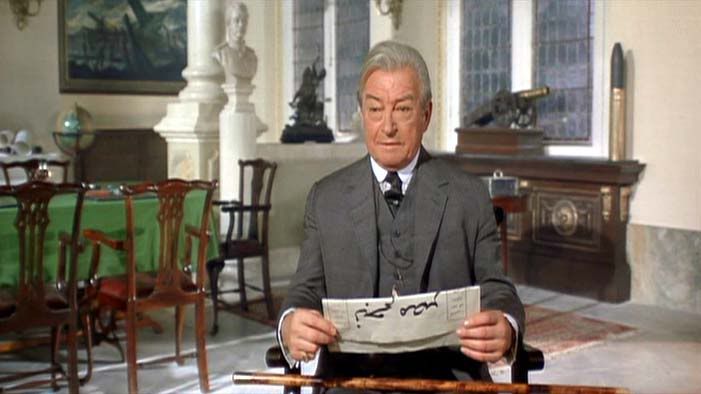
Posted on 11/14/2014 9:04:13 PM PST by LibWhacker
FIFTY years ago this month, the Irish physicist John Stewart Bell submitted a short, quirky article to a fly-by-night journal titled Physics, Physique, Fizika. He had been too shy to ask his American hosts, whom he was visiting during a sabbatical, to cover the steep page charges at a mainstream journal, the Physical Review. Though the journal he selected folded a few years later, his paper became a blockbuster. Today it is among the most frequently cited physics articles of all time.
Bell’s paper made important claims about quantum entanglement, one of those captivating features of quantum theory that depart strongly from our common sense. Entanglement concerns the behavior of tiny particles, such as electrons, that have interacted in the past and then moved apart. Tickle one particle here, by measuring one of its properties — its position, momentum or “spin” — and its partner should dance, instantaneously, no matter how far away the second particle has traveled.
The key word is “instantaneously.” The entangled particles could be separated across the galaxy, and somehow, according to quantum theory, measurements on one particle should affect the behavior of the far-off twin faster than light could have traveled between them.
Entanglement insults our intuitions about how the world could possibly work. Albert Einstein sneered that if the equations of quantum theory predicted such nonsense, so much the worse for quantum theory. “Spooky actions at a distance,” he huffed to a colleague in 1948.
In his article, Bell demonstrated that quantum theory requires entanglement; the strange connectedness is an inescapable feature of the equations. But Bell’s proof didn’t show that nature behaved that way, only that physicists’ equations did. The question remained: Does quantum entanglement occur in the world?
(Excerpt) Read more at nytimes.com ...
.
Well, the NYT’s entanglement with the commie wing of the ‘Rat Party Party is a stellar example.
Bump!
Does it catch mice?
I'm pretty sure that's what WOODSTOCK looked like.
” Tickle one particle here, by measuring one of its properties — its position, momentum or “spin” “
How accurate can that measurement be, considering it was only recently that we have even been able to ‘see’ electrons?
Is Dem-Fascist-Marxist-FabianSocialist-JimJonesPeoplesTemple Etanglement Real?
I once met John Bell and Julian Schwinger at a conference at UCLA in honor of the latter’s 80th Birthday. Both seemed very nice men and I was honored that they would even engage with a layman so convivially.
If this were to be true, it would mean that we can manipulate matter across the entire Universe.
Einstein was one of the founders of quantum theory yet he wasn't the only founder to have major problems with it.
Pretty good article but ended way too soon.
The “setting independence” thing is almost as fascinating as entanglement itself.
In order to know what’s going on with the remote particle, you have to observe it. And we know what that does, observation on its own causes ‘perturbations’. So I don’t think we’ll ever have solid proof of entanglement, because observation gets in the way, as it always does in Quantum Physics. Kinda think it was designed that way, myself.
How do they know the other electron ‘changed’ without measuring it, and disturbing it’s original state ?
Cant remember where this was done or what the reading source was but would sure appreciate any FR help on locating the info.
If someone is observing you, does that mean that you do the opposite of what you were going to do ?
I am starting up a new field of scientific endeavor.
Quantum Psychology.
Disclaimer: Opinions posted on Free Republic are those of the individual posters and do not necessarily represent the opinion of Free Republic or its management. All materials posted herein are protected by copyright law and the exemption for fair use of copyrighted works.